What Are Benne Seeds: Learn About Benne Seeds For Planting
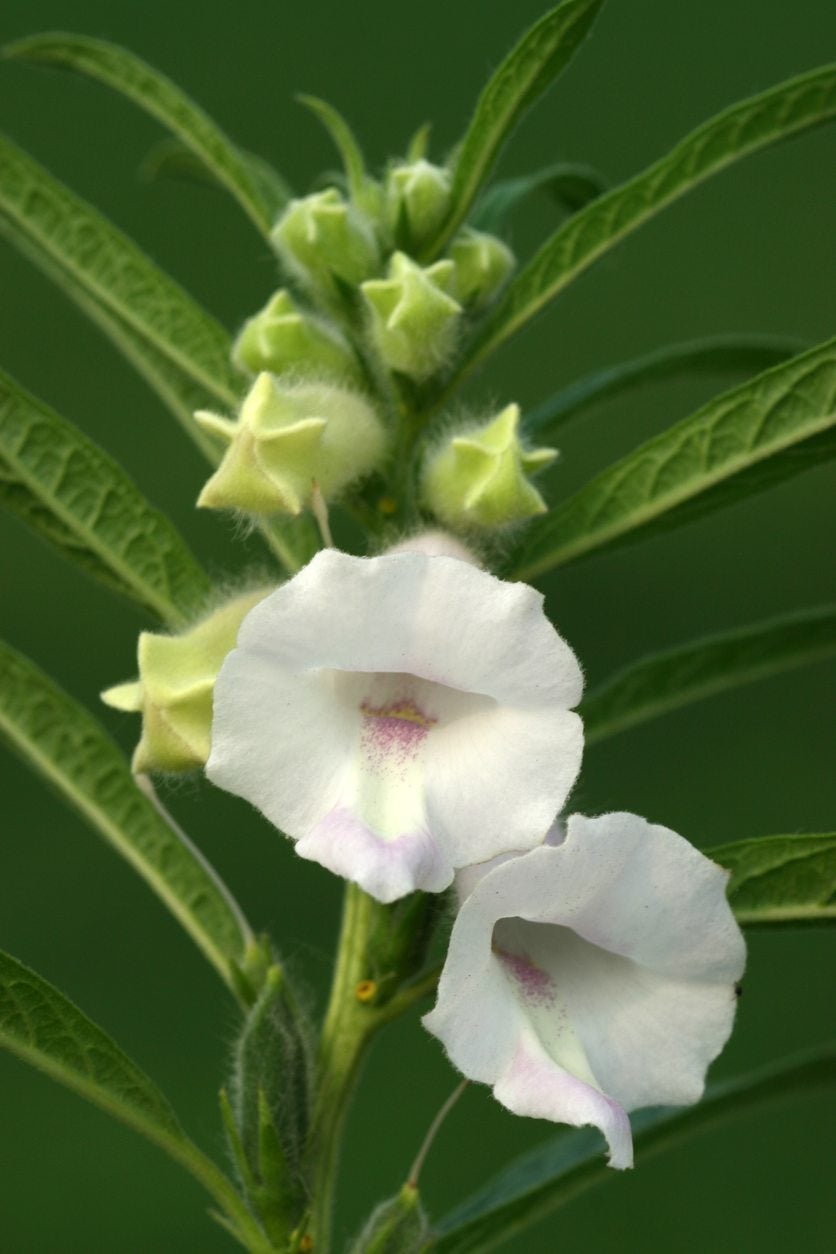

What are benne seeds? Chances are you already know about benne seeds, which are more commonly known as sesame seeds. Benne is an ancient plant with a recorded history of at least 4,000 years. The seeds were highly valued during colonial times, but in spite of their nutritional benefits, benne hasn’t gained a following as a food crop in the United States. Today, benne seeds are grown in Texas and a few other southwestern states, but most often, the seeds are imported from China or India.
Benne Seeds vs. Sesame Seeds
Is there a difference between benne seeds and sesame seeds? Not a bit. Benne is simply the African name for sesame (Sesamum indicum). In fact, many plant historians believe benne was brought to the New World in slave ships. The name is largely a regional preference and sesame seeds are still known as benne in certain areas of the deep south.
Benne Health Benefits
Sesame seeds are a great source of minerals including copper, magnesium, calcium, iron, manganese, zinc, and selenium. They are also rich in vitamins B and E and protein, and the high fiber content makes them an effective treatment for constipation. Benne health benefits include the oil, which is healthy for the heart and used to treat various skin conditions, including sunburn.
Sesame Plant Info - Growing Benne Seeds
The sesame plant is a drought tolerant annual that can reach heights of 2 to 6 feet (61 cm. to 2 m.), depending on plant variety and growing conditions. White or pale pink, bell-shaped flowers bloom for several weeks during the summer. Sesame plants grow in most soil types, but they thrive in fertile soil with a neutral pH. Well-drained soil is a requirement, as sesame plants don’t tolerate soggy growing conditions. Full sunlight is best for growing benne seeds. Sesame (benne) seeds for planting are often sold by seed companies that specialize in heirloom plants. Start benne seeds indoors about a month before the last expected frost. Plant the seeds in small pots, covered with about ¼ inch (6 mm.) of a good quality, lightweight potting mix. Keep the potting mix moist and watch for seeds to germinate in a couple of weeks. Transplant sesame plants outdoors after temperatures have reached 60 to 70 degrees F. (16-21 C.). Alternatively, plant sesame seeds directly in the garden in moist soil after you’re certain all frost danger has passed.
Gardening tips, videos, info and more delivered right to your inbox!
Sign up for the Gardening Know How newsletter today and receive a free copy of our e-book "How to Grow Delicious Tomatoes".

A Credentialed Garden Writer, Mary H. Dyer was with Gardening Know How in the very beginning, publishing articles as early as 2007.
-
 Looking For Plants To Give You The Soft And Fuzzies? Try These 5 Fuzzy Leaf Plant Options
Looking For Plants To Give You The Soft And Fuzzies? Try These 5 Fuzzy Leaf Plant OptionsLovers of texture, drama, silver foliage and tactile plants will adore these special sensory garden additions. These fuzzy leaf plant options will leave you all aglow
By Susan Albert
-
 Get Ready For A Summer Of Hummers! Grow These Full Sun Hummingbird Plants and Flowers
Get Ready For A Summer Of Hummers! Grow These Full Sun Hummingbird Plants and FlowersIf you’re lucky enough to enjoy a sunny backyard, make sure you are maxing out on your pollinator opportunities and grow these full sun hummingbird plants and flowers
By Tonya Barnett
-
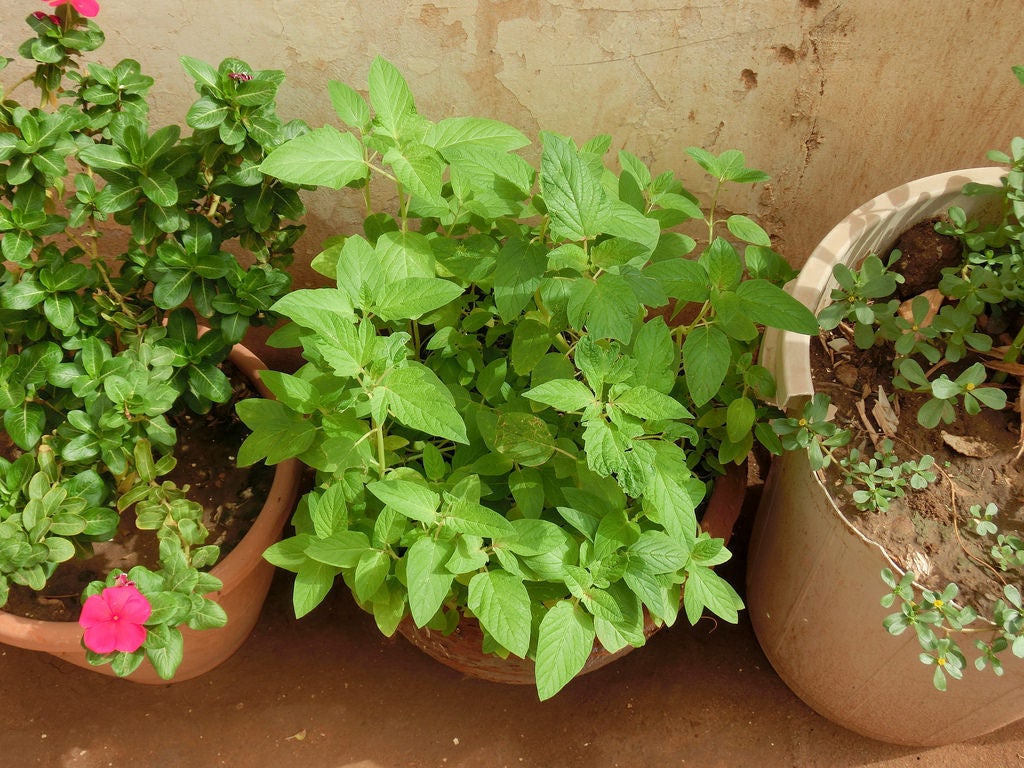 Container Grown Sesame – Learn About Growing Sesame In A Container
Container Grown Sesame – Learn About Growing Sesame In A ContainerSesame in pots grown on your patio or balcony will not give you a huge harvest of seeds, but it’s still worthwhile. You can get about 70 seeds per pod and multiple pods on one small plant. And it is a pretty plant too. Click here to learn more about potted sesame plants.
By Mary Ellen Ellis
-
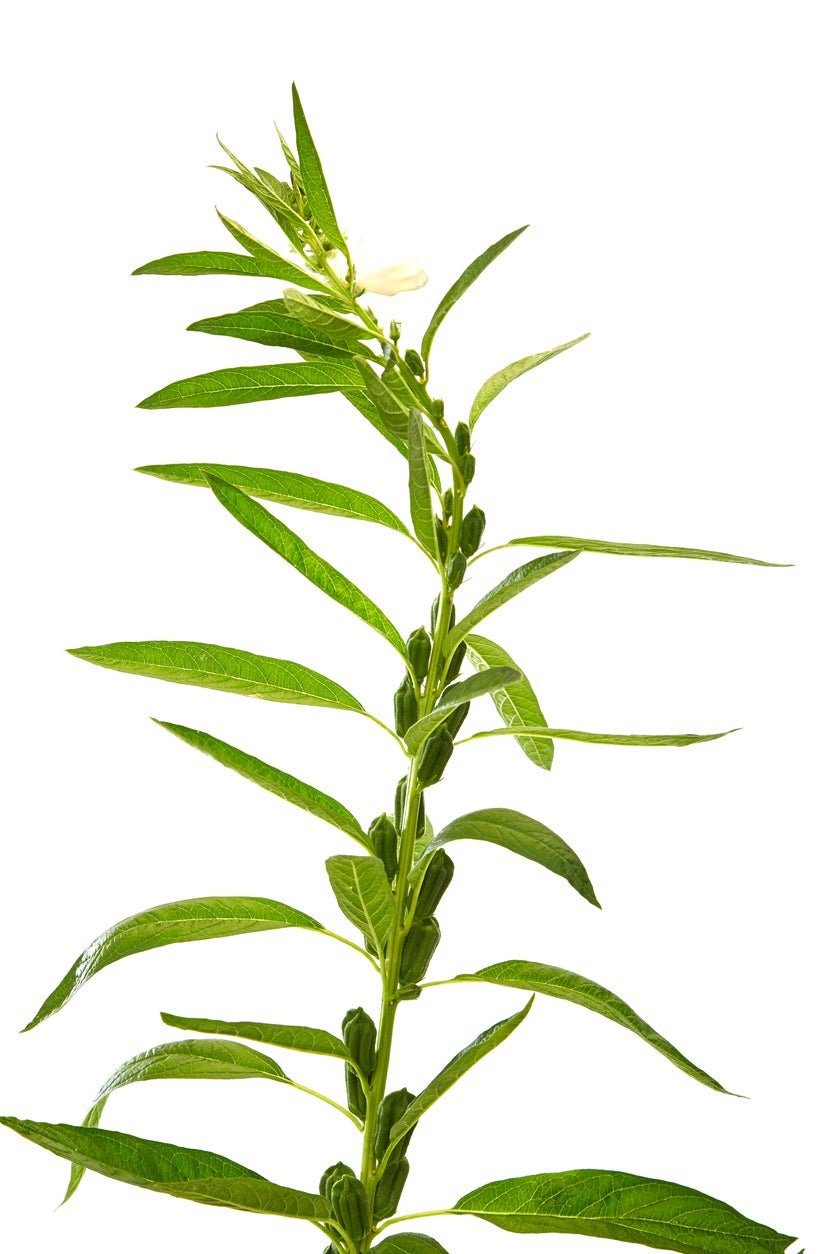 Sesame Plant Diseases – How To Treat Problems With Sesame Plants
Sesame Plant Diseases – How To Treat Problems With Sesame PlantsSesame plant diseases are not common but can cause widespread crop loss when they occur. Most of the diseases of sesame are fungal or bacterial and are easy to avoid with good cropping practices. Here is an overview on sesame diseases and how to manage them.
By Bonnie L. Grant
-
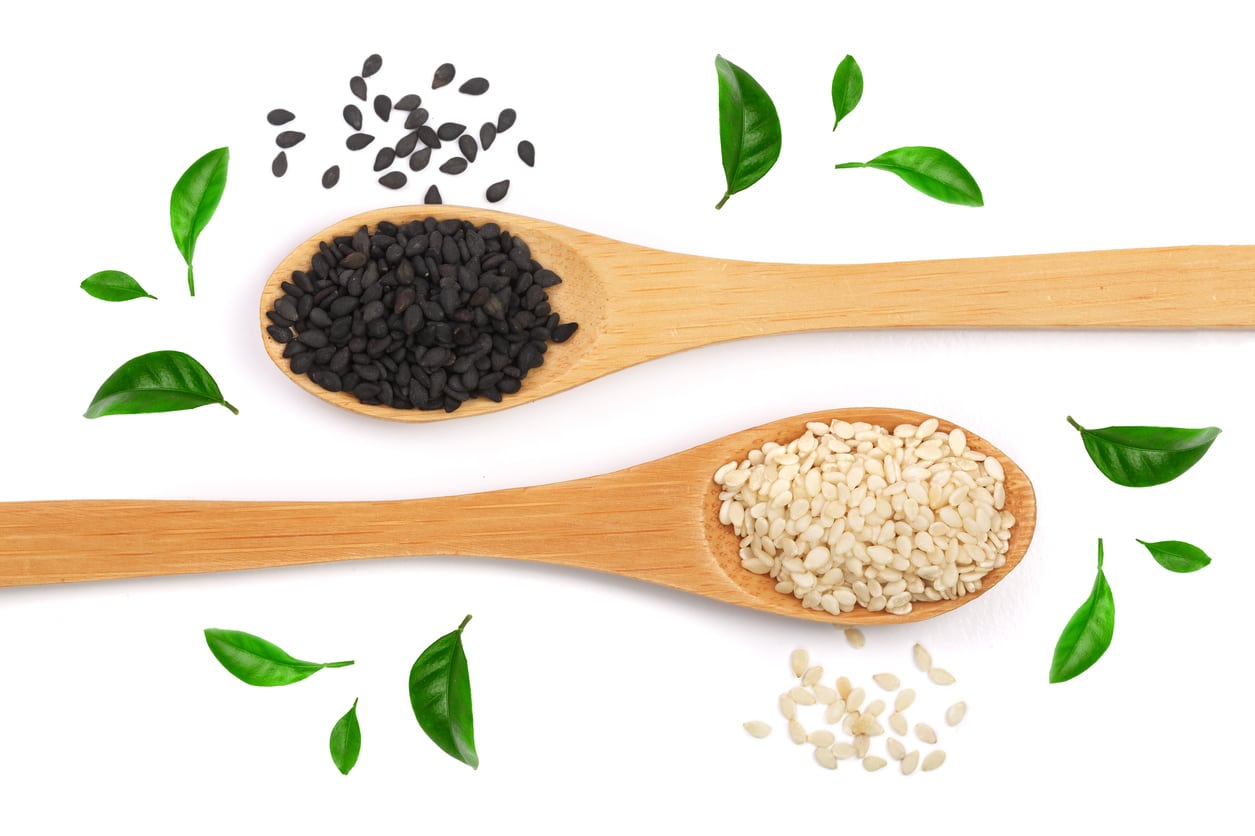 Sesame Seed Benefits – Should You Be Eating Sesame Seeds
Sesame Seed Benefits – Should You Be Eating Sesame SeedsThe benefits of sesame seeds seem to go beyond adding fiber and nutrition with a tasty crunch. Sesame seed benefits have been found to possess many other possible uses too. Click on the following article to learn more about how sesame seeds can be good for you.
By Bonnie L. Grant
-
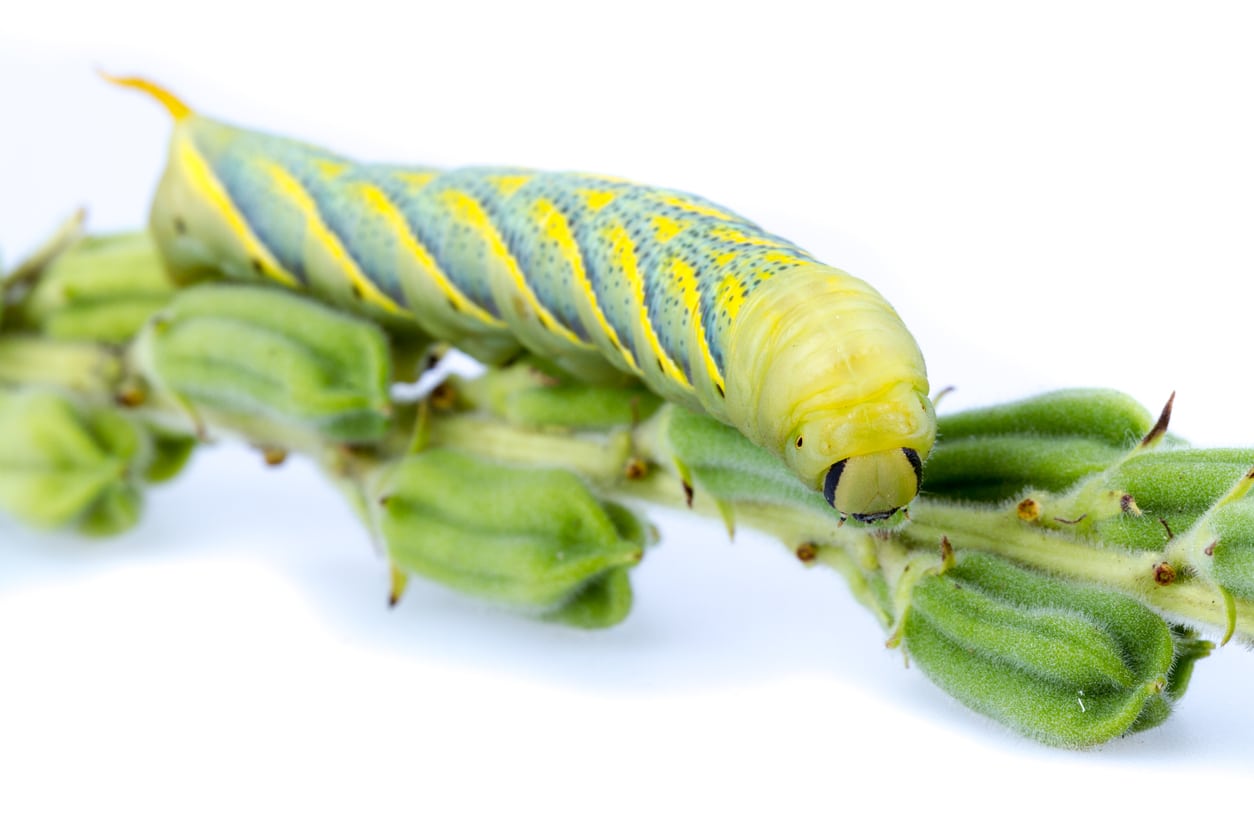 Sesame Pest Control – How To Kill Bugs That Eat Sesame Plants
Sesame Pest Control – How To Kill Bugs That Eat Sesame PlantsAlthough sesame is a relatively hardy plant, it can be bugged by a number of insect pests. Learn about pests of sesame in this article. We will also provide tips on how to cope with sesame pest problems in the garden. Click here for more information.
By Mary H. Dyer
-
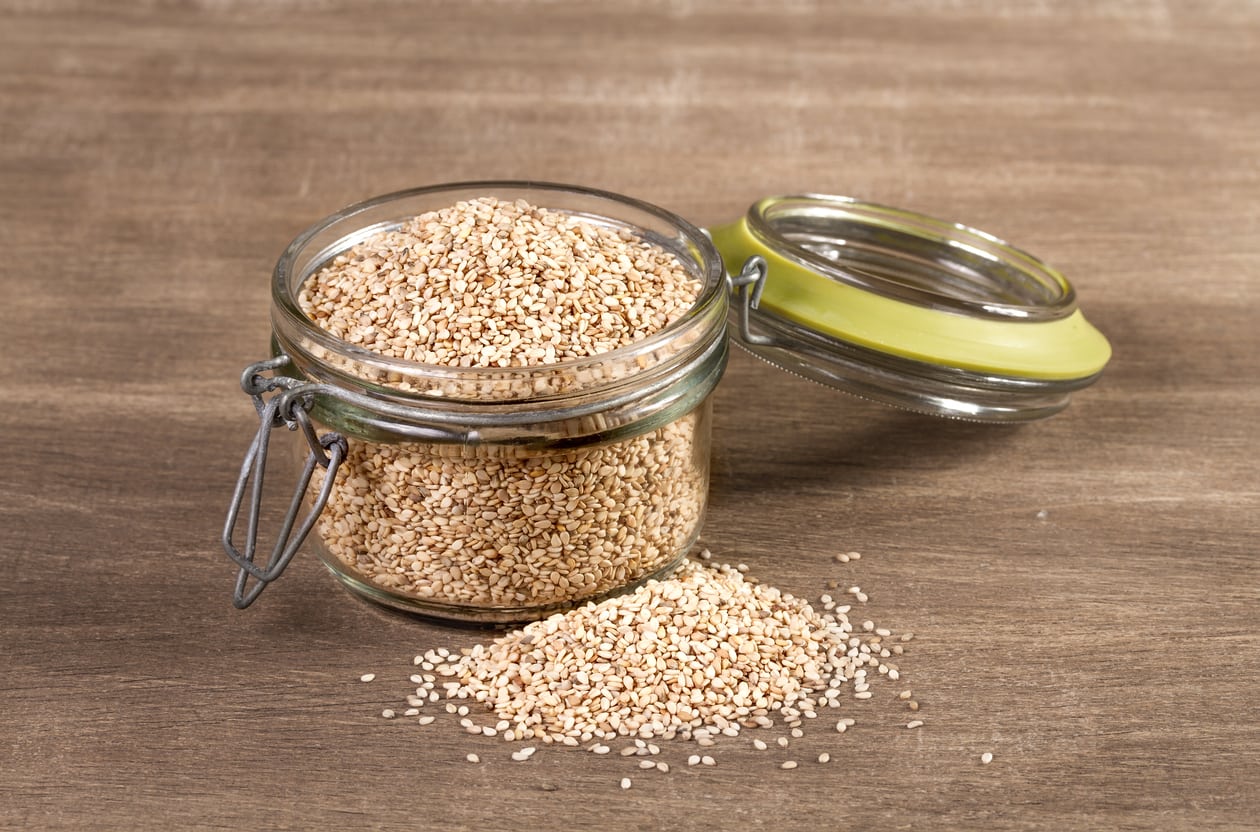 Sesame Seed Drying – How To Dry Sesame Seeds From Your Plants
Sesame Seed Drying – How To Dry Sesame Seeds From Your PlantsEverybody likes sesame seeds on bagels, sushi and stir-fries, and the tiny seeds can also be ground into sesame oil and tahini paste. If you’ve got a garden, you may like to start growing your own. Click this article for tips on drying and storing sesame seeds.
By Teo Spengler
-
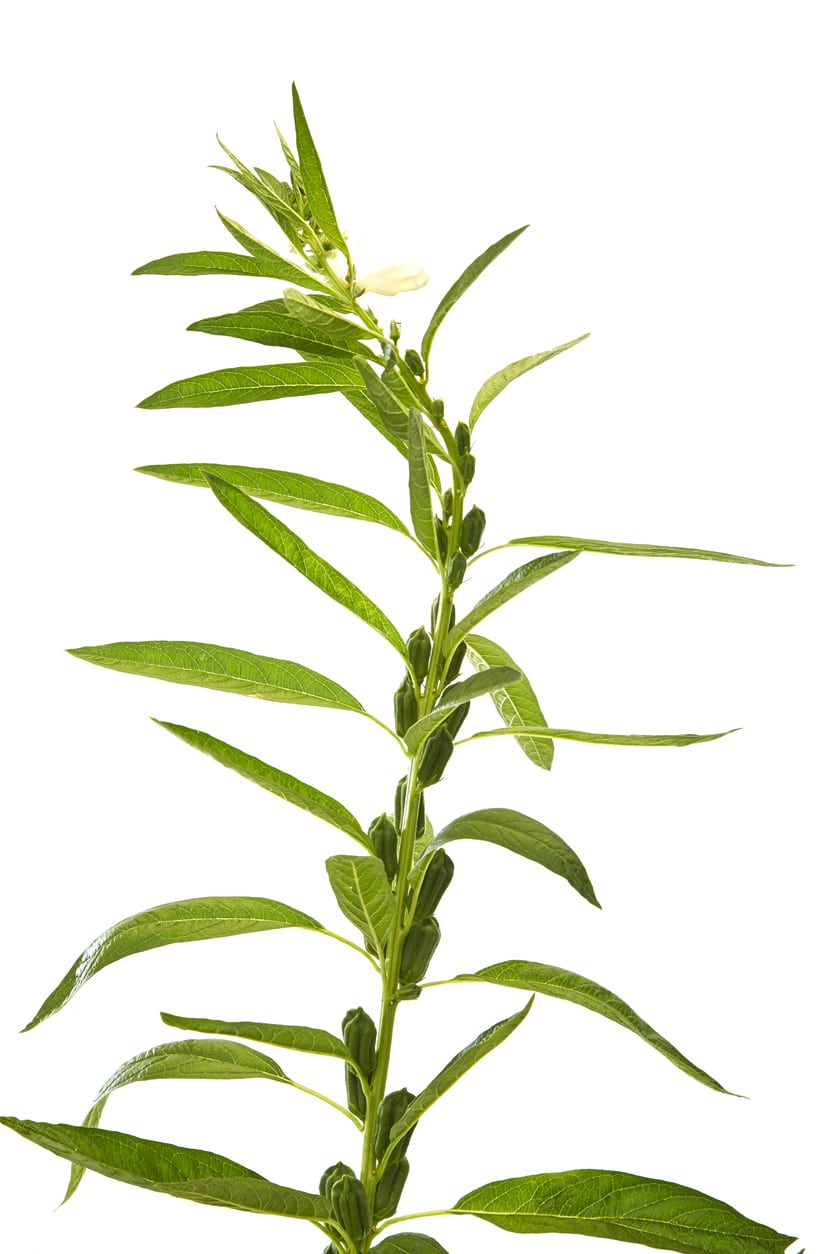 Ailing Sesame Plants – Learn About Common Sesame Seed Issues
Ailing Sesame Plants – Learn About Common Sesame Seed IssuesGrowing sesame in the garden is an option if you live in a hot, dry climate. Sesame thrives in those conditions. Care is largely hands-off, but there are some occasional issues you may face with growing sesame. Click this article to learn more about potential sesame seed issues.
By Mary Ellen Ellis
-
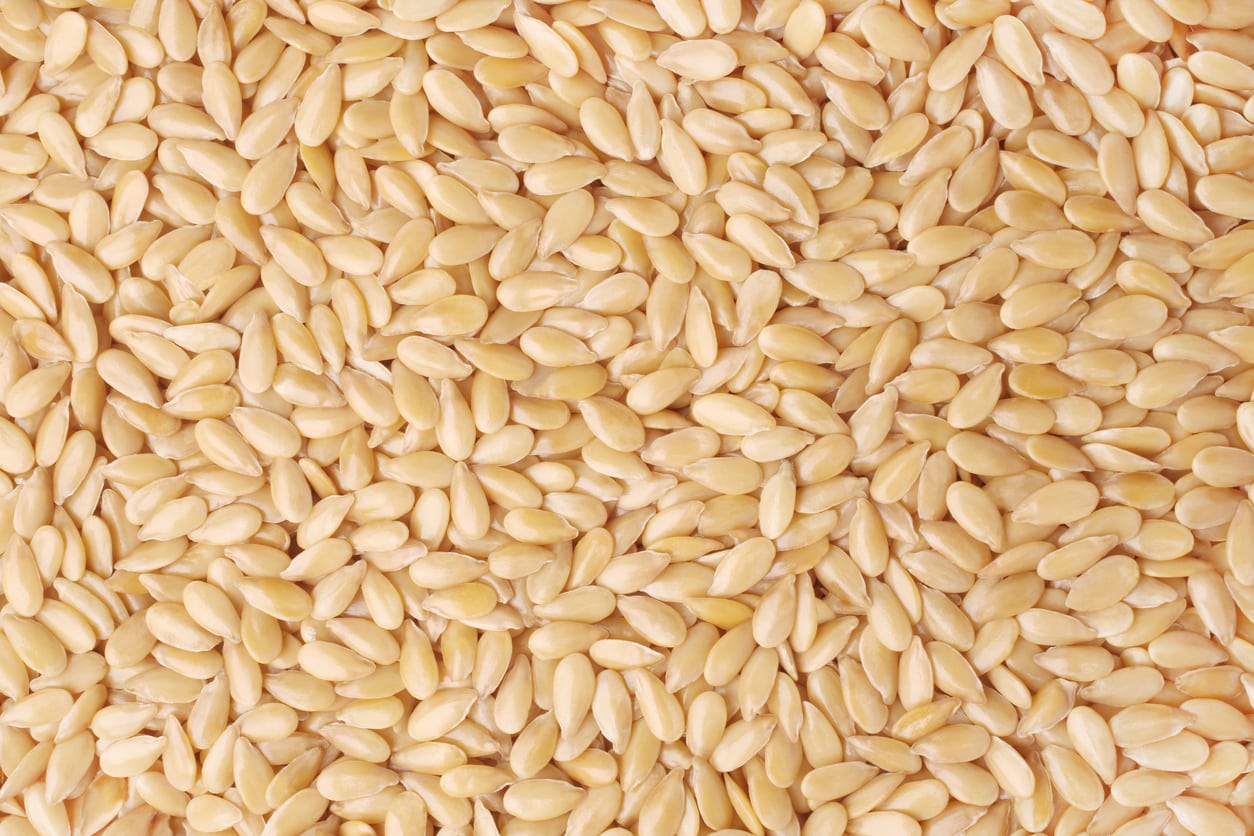 Sesame Seed Propagation: Learn When To Plant Sesame Seeds
Sesame Seed Propagation: Learn When To Plant Sesame SeedsSesame seeds are tasty and a kitchen staple. They can be toasted to add nuttiness to dishes or made into nutritious oil and a delicious paste. If you love growing your own food, consider growing sesame from seed for a new and rewarding challenge. This article will help.
By Mary Ellen Ellis
-
 Picking Sesame Seeds – Learn How to Harvest Sesame Seeds
Picking Sesame Seeds – Learn How to Harvest Sesame SeedsHave you ever bitten into a sesame bagel or dipped into some hummus and wondered how to grow and harvest those tiny sesame seeds? And when are sesame seeds ready for picking anyway? Find answers to these questions in the following article.
By Amy Grant